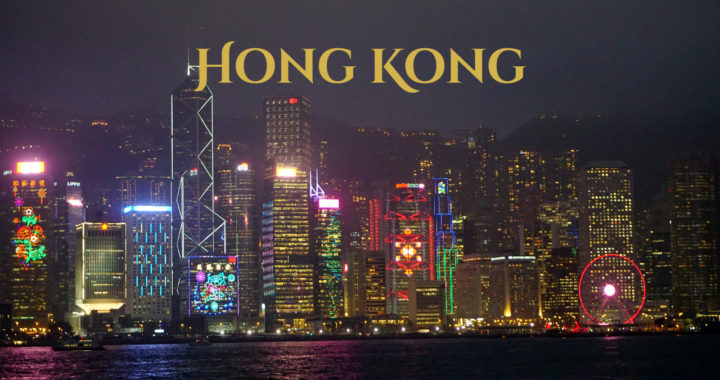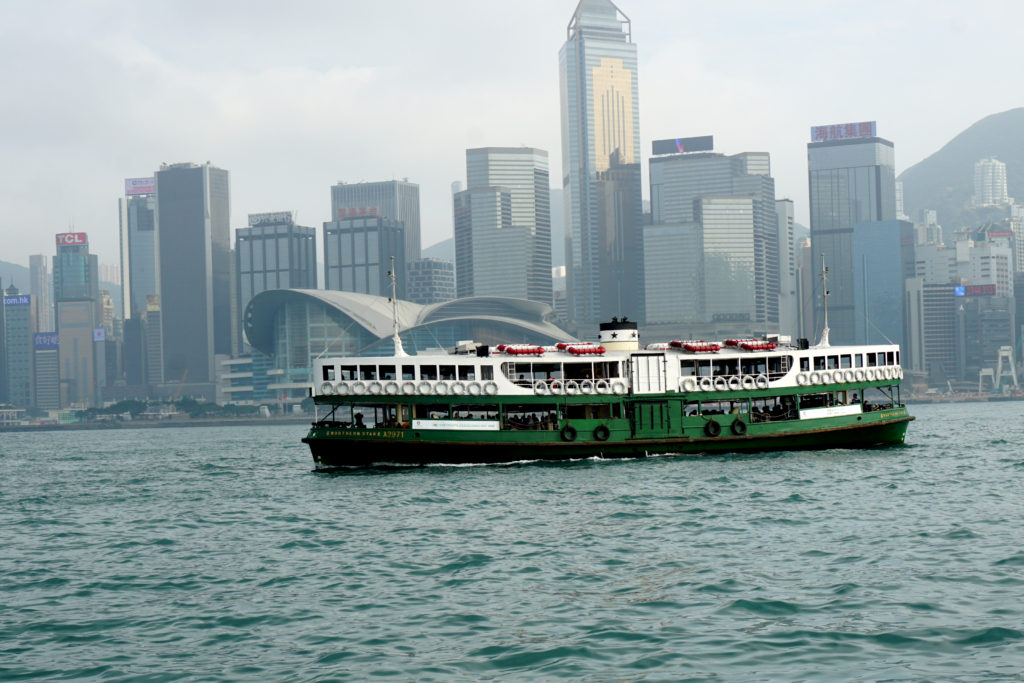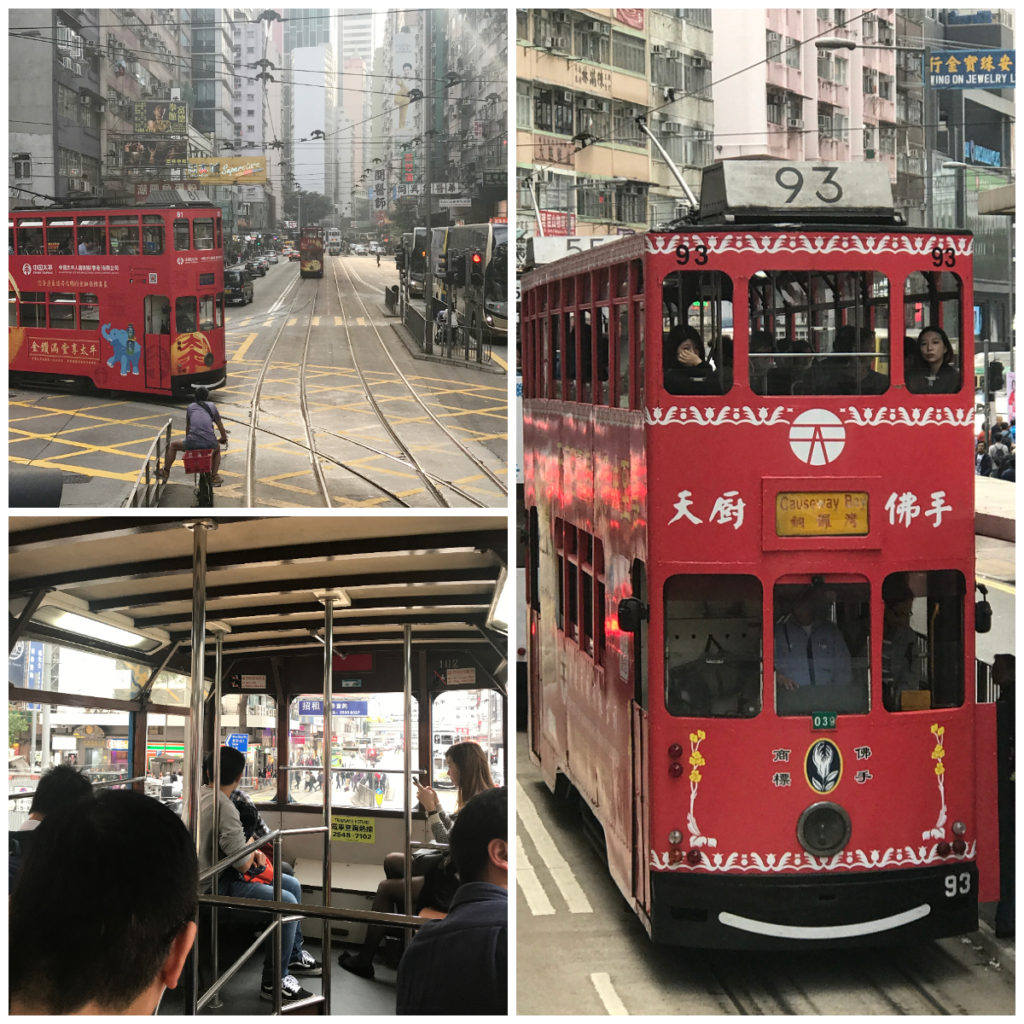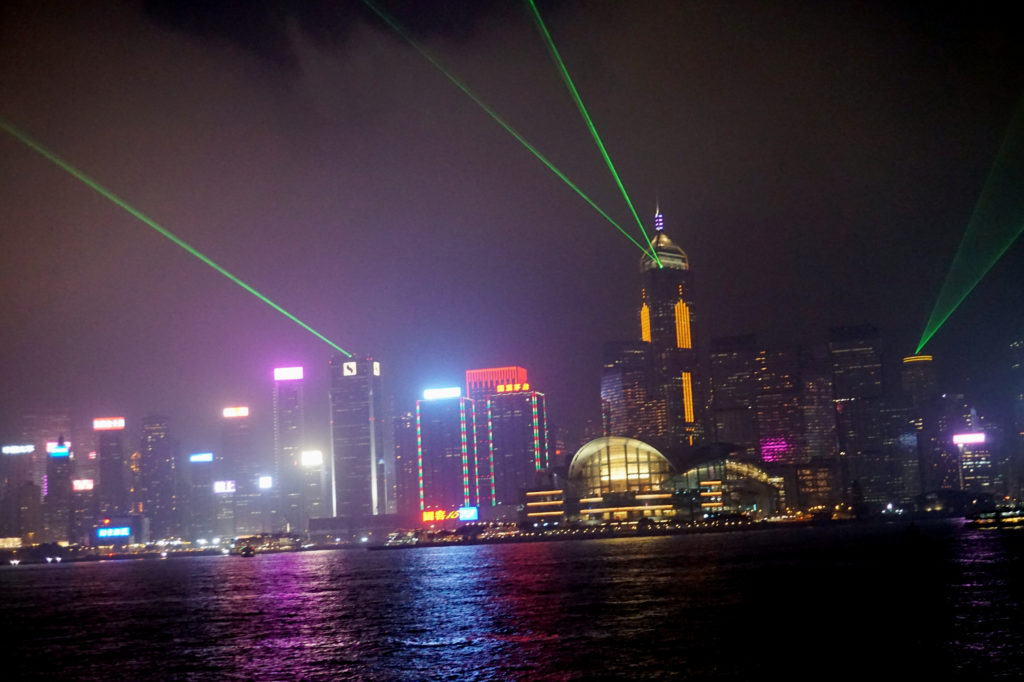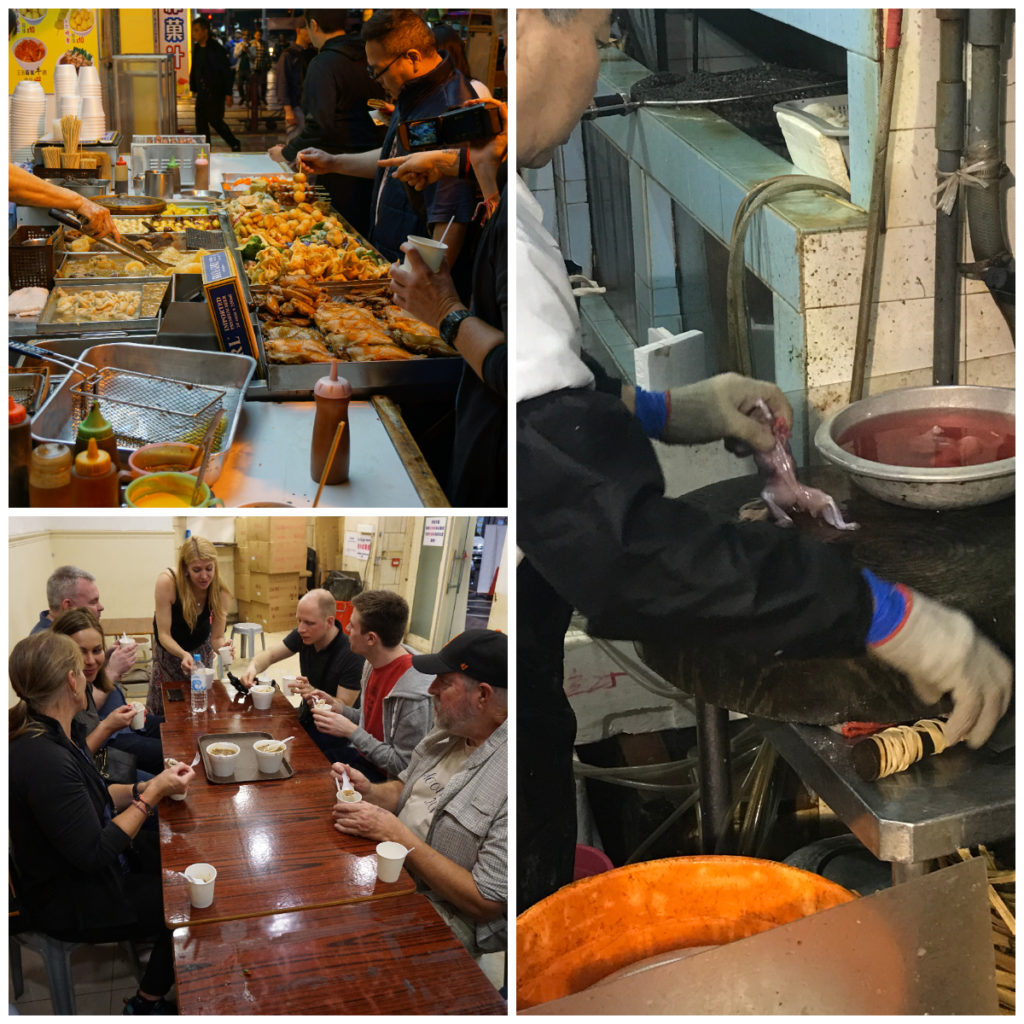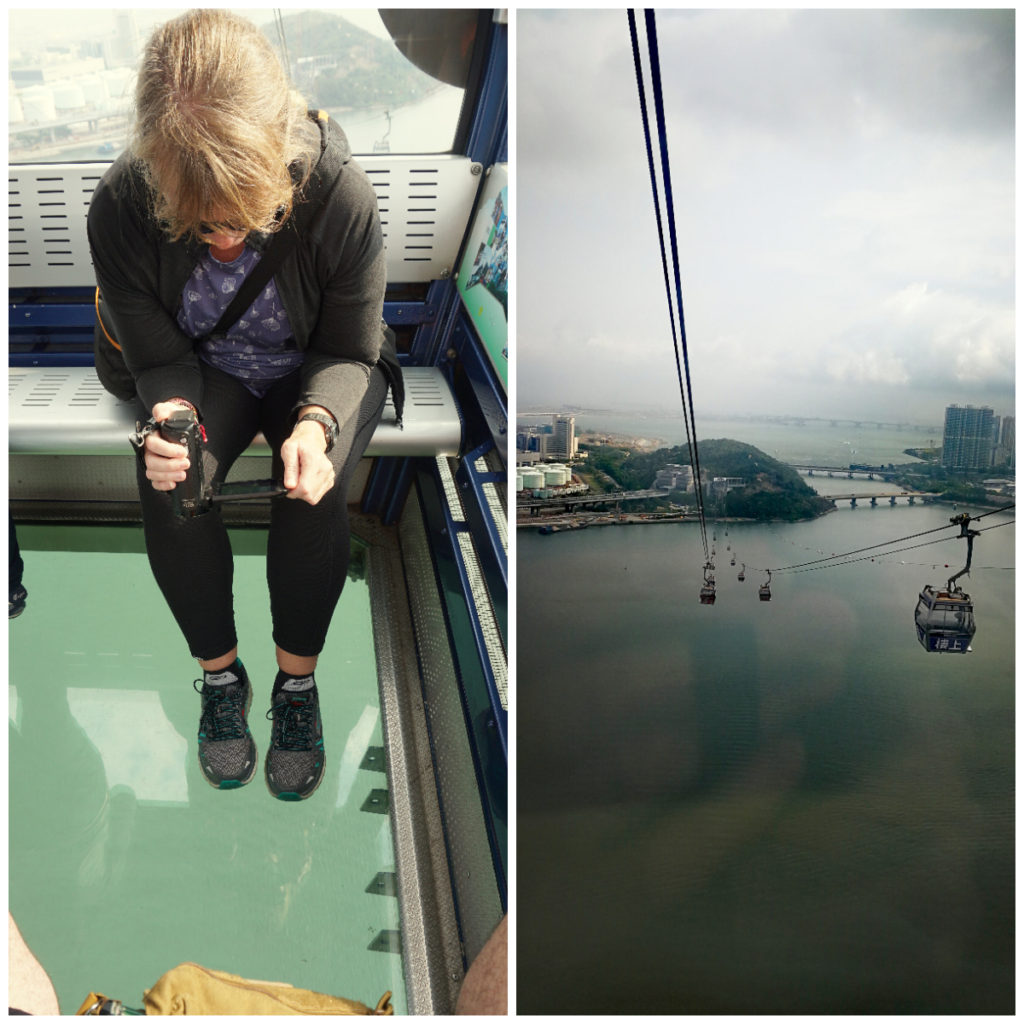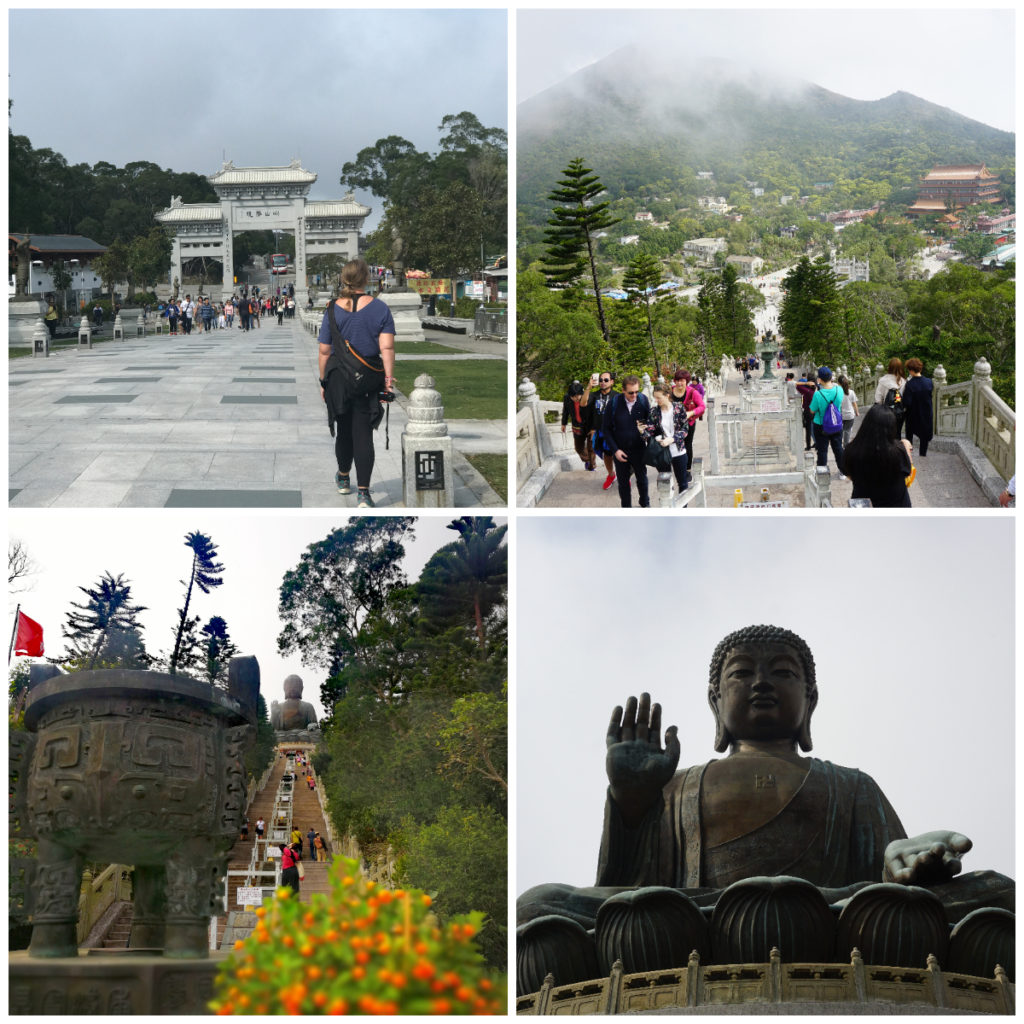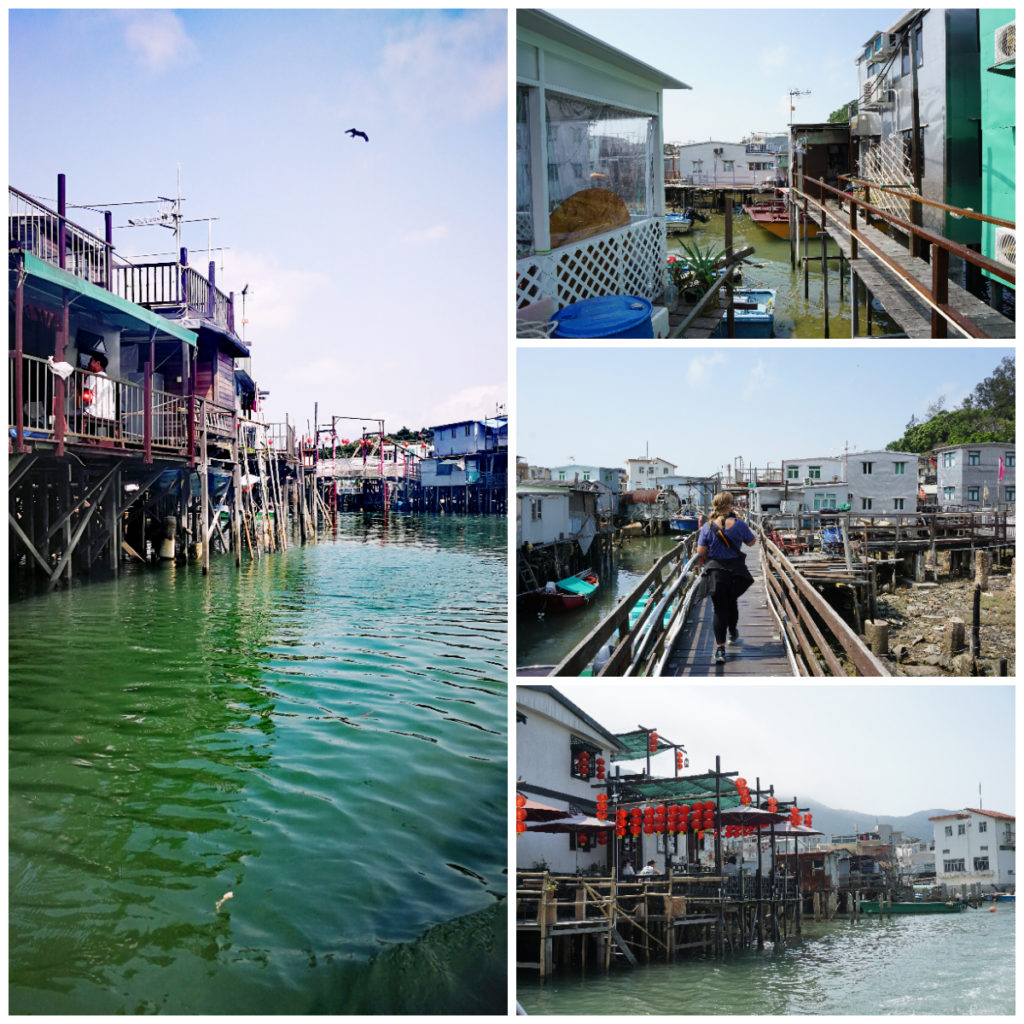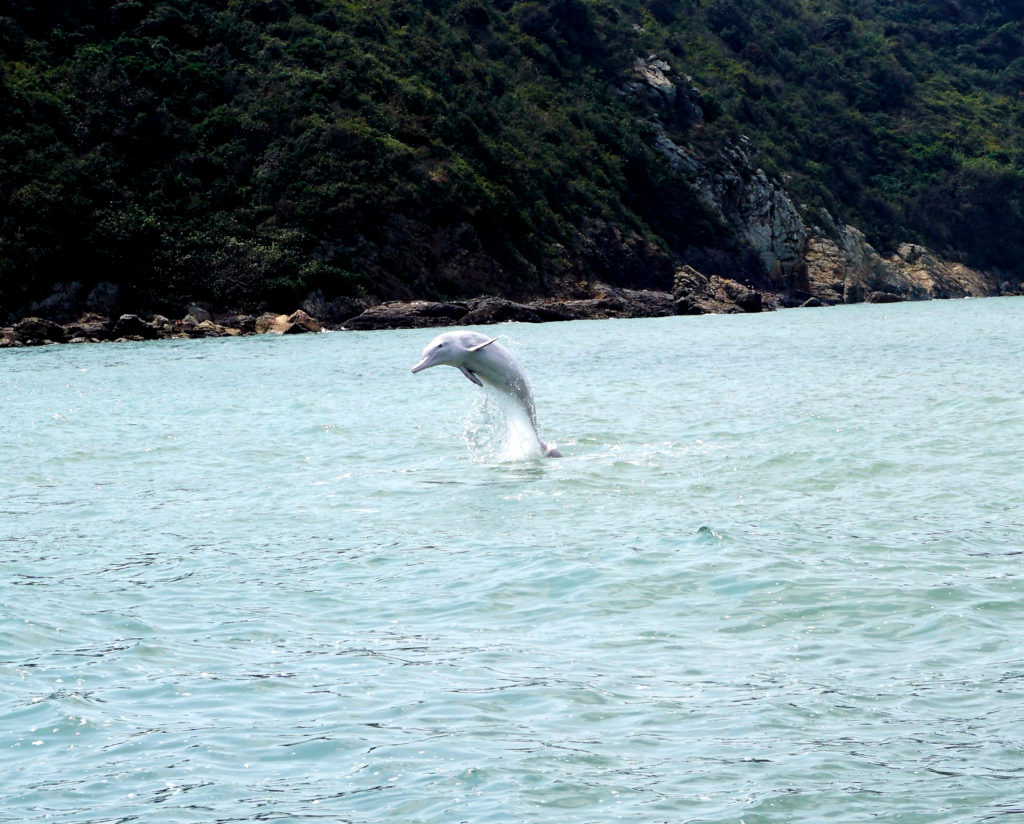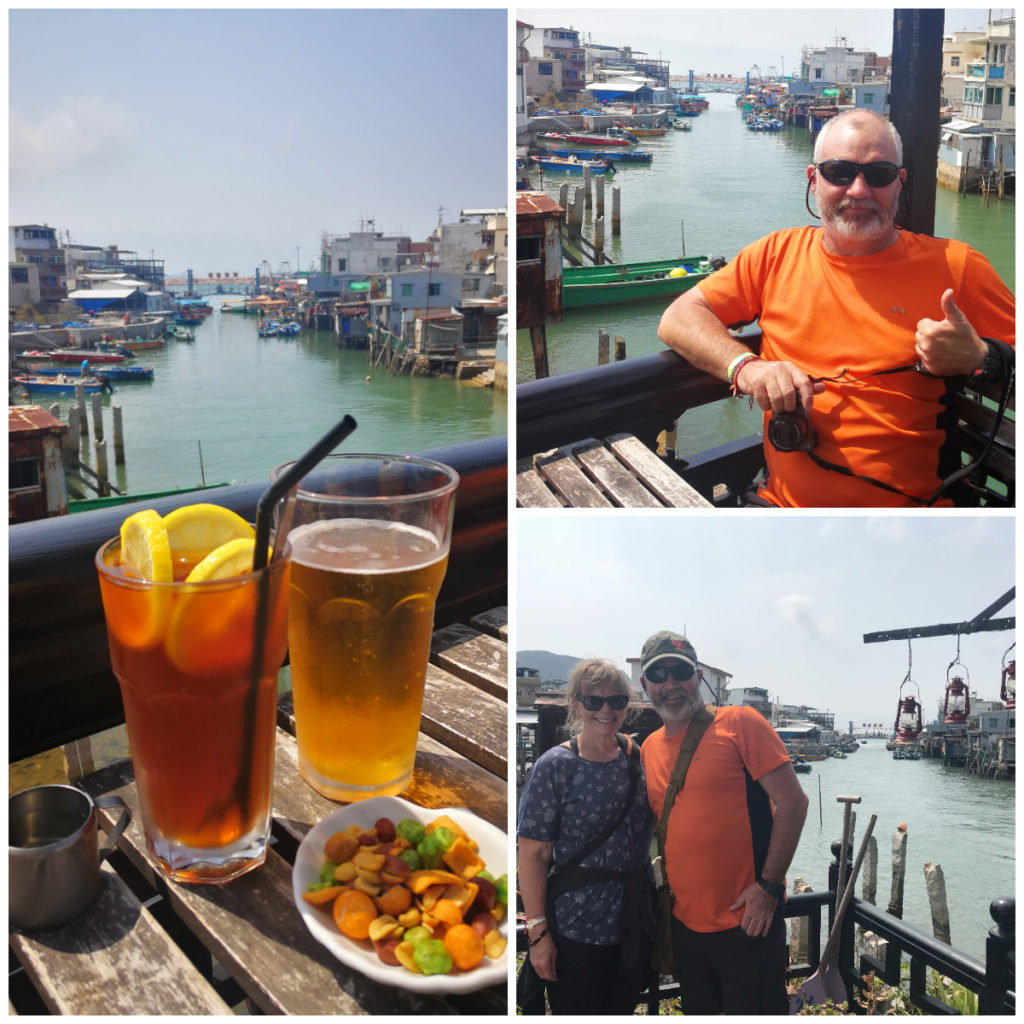China to Hong Kong
It was a minor miracle that our taxi turned up at 6.30am to take us to the airport in Xiamen, China for our flight to Hong Kong. Our host made two phone calls to the taxi, one Chinese argument later and our ride arrived. We could not have done it without her.
Our flight from Xiamen to Hong Kong was a short one – only 1hr 50min.
Arrival in Hong Kong
As we usually do, our first priority is purchasing the local Transport Cards and the local SIM card. However, this time, as we were only staying for 3 nights we decided against purchasing a temporary SIM card. We relied on maps.me App as this can be used offline. We also saved photo’s from Google Maps before leaving WiFi as a reference for anything we needed find.
Octopus Card
We purchased Octopus Cards at the airport at a cost of $150HKD/$26NZ each. You get $50HKD/$8.72NZ back when you return the cards plus a refund of unused money. All you then to do is to load them with whatever amount you want to use on transportation.
Octopus Cards can be used on the MTR, buses, ferries, trams and on a few taxis equipped with Octopus readers.
There is no need to spend time buying a single journey ticket at Ticket Issuing Machines or counting the exact amount of coins on buses and trams.
– The MTR fares using Octopus are usually cheaper than single journey tickets.
– Apart from collecting fares on public transport, it can be used as a payment method in retail and fast-food outlets, car parks and leisure facilities.
Accommodation
We seemed to have spent hours researching accommodation in Hong Kong. Obviously, it isn’t a cheap destination and by all reports, it seems space is scarce so most rooms are tiny.
Location is probably more of a priority so that time and money aren’t spent on travelling to the major attractions. For this reason, we wanted to be located in the Kowloon area.
Hotel Sav seemed to tick a lot of the boxes and was probably one of the better-priced options. It cost us $3,161/$552NZ without breakfast for 3 nights. There were plenty of relatively cheap eateries surrounding us so not having breakfast included wasn’t an issue
A big bonus for us is that we could catch bus E23 from the airport and there was a stop right across the road from the hotel. MTR Subway and local buses were close by and they have a free shuttle bus to some of the strategic places.
After taking quite a hit on our budget travelling through China, we tried to keep costs as low as possible without having to stay in a shoebox. Our room was comfortable and although we had to settle for a ‘smokers room’ in order to get a bigger bed, the smell wasn’t too bad. We’d certainly stayed in worse rooms.
Out and About in Hong Kong
Star Ferry
We arrived at our hotel around midday so we had the rest of the day to make the most of our three nights in Hong Kong. We headed out straight away and made our way to the subway (MTR). It’s an easy system to understand and soon we were at the TST Ferry Building (which is short for Tsim Sha Tsu) to catch the iconic Star Ferry over to Hong Kong Island.
With a history of over 100 years, Star Ferries came into existence around 1898. They have been shuttling busily between Hong Kong Island and Kowloon ever since. As a tourist attraction, it is a symbol of Hong Kong as well as popular with commuters.
Hong Kong Island
Hong Kong Island is the site of the original British settlement. It is a crowded island with over 700 skyscrapers which forms the iconic skyline that Hong Kong is famous for.
We walked through numerous walkways and found our way to the old trams that ride along the roads of the CBD. The tram system is the only one in the world operating exclusively with double-decker trams.
The trams on Hong Kong Island are affectionately known locally as ‘ding-ding’ trams. They have been rumbling along the northern side of Hong Kong Island since 1904. Although not a fast nor overly comfortable method of transport, it was an inexpensive and enjoyable experience. We rattled our way along the streets, watching the scenery go by. Not really having a destination in mind, we just hopped off when we’d had enough and caught another one in a different direction as we were able to use our Octopus cards.
Symphony of Lights
The skyline of Victoria Harbor is pretty amazing during the day but it would be fair to say it becomes quite a dazzling cityscape.
The Symphony of Lights happens every night and has done since 2004. It is recognised as one of the world’s most spectacular light shows and quite the icon. It is the world’s largest permanent light and sound show according to Guinness World Book of Records.
There are numerous places to view the spectacle but best viewed from the Kowloon side, looking back towards Hong Kong Island. We situated ourselves just along the walkway from TST Ferry Building and got a good view when the show started at 8 pm.
Although the skyline is spectacular to view at night, we were a little underwhelmed with the laser light show. I think that we had read so much hype about it, we had high expectations. It is set to music which we did not hear from where we were situated. Apparently, you can download an App and listen to the music as the lasers appear. I’m not sure if this would have heightened the experience. It lasts for about 10 minutes and considering we had sat waiting for an hour amongst the hundreds of others, it was a bit underwhelming.
Hong Kong Delicacy Tour
We were back in Hong Kong having spent the day on Macau Island (click on the link to read more) and were ready for our Hong Kong Delicacy Tour with Hong Kong Free Tours (although this particular tour was not free). The tour cost us $500HKD/$87NZ. They do have other guided tours that are free but request a donation of what you think it is worth. If we had more time, we would have liked to have booked on some of their other options.
I’m sure you are all aware of what avid foodies we are. We really enjoy trying the local delicacy’s. In particular, the dishes that are iconic or unique to each area we visit.
While researching Hong Kong, we came across a YouTube video on this Delicacy Tour. It is a food tour with a difference. It covers off foods that we would never try in a million years. And to be honest, not likely to ever try in another million years.
The group numbers are kept small and we were able to walk from location to location. All the eateries were small, family-run food stalls. We loved the fact that it didn’t involve restaurants which just enhanced the feeling that we really were ‘keeping it local’.
Now I didn’t get the chance to either video or photograph much of the food we ate as we were normally standing in the middle of the footpath and both hands were required to hold and eat.
The Menu
I have compiled a full list of the delectable dishes we tried. I’m proud to say that we both partook in every dish. Our guide would not divulge what it was until after we had sampled (which I think helped with the ability to eat it). I don’t think any further explanation is required and the description speaks for itself.
- Cow Offal (Stomach, Intestine, Spleen, Lung)
- Stinky Tofu (yes it did stink!)
- Pig Blood & Pig Skin
- Marinated Pig Ears (one of my favourite)
- Marinated Duck tongue
- Snake Soup
- Snake Penis Wine (best taken in one gulp!)
- Toad (Frog – yes it did taste like chicken)
- Thousand years egg (not as bad as it sounds)
- Fake Snake Fin Soup (the environmentally friendly version)
- Doggie’s Noodle (rest assured – it wasn’t dog but a doggie style noodle soup)
- Bird’s nest soup (Bird Spit)
- Frog Jelly (Frog Vagina – uuuummm not much more I can say on that one)
Click on link below to a video on the highlights of our food tour.
Lantau Island
Hong Kong’s largest outlying island, Lantau Island is 147 square kilometres. It is almost twice the size of Hong Kong Island. The island mainly consists of mountainous terrain.
Ngong Ping 360 Cable Car
We jumped on the bus opposite our hotel (Airport Bus) and headed to the nearest bus stop to the Tung Chung Cable Car Station. It was approximately a kilometre walk to get to the starting point.
The Ngong Ping 360 Cable Car journey takes 25 minutes opposed to 1 hour by road. It is 5.7 km long and delivers panoramic views of the mountainous terrain and waterways. We also got our first glimpse of The Big Buddha and Po Lin Monastery at the top of the mountain (our final destination).
We opted for the glass bottom car on our trip up. This enabled us to enjoy the views that lay right beneath our feet.
HINT: We have discovered that Cable Cars are a popular magnet for all tourists (both foreign and local). You can expect to queue for long periods of time, often longer than what the ride actually takes.
There are a couple of ways to combat this. Turn up before opening to get in the already growing queue. The other option which we went for, was to book our tickets online with Klook. This avoids having to queue to purchase your tickets but you still have to queue to board the cable car so there really is no escaping that part.
They usually offer discounts on tickets as well. It cost us $133HKD/$23.21NZ each one way. Full price would have been $145HKD/$25.31 (every little bit helps).
As we didn’t have mobile data, we had to make sure we pre-book so we could take a screenshot of the confirmation. Otherwise, you can book instantly online after you arrive, especially if the queue is long
The Giant Buddha and Po Lin Monastery
The once remote Po Lin Monastery was hidden away until the building of the Tian Tan Buddha statue (The Big Buddha).
It was built in 1993 and took 12 years to complete. We climbed the 268 steps for a closer look at this massive statue. We were also treated to sweeping mountain and sea views from the base of the Buddha.
Opposite the statue is the Po Lin Monastery and is one of Hong Kong’s most important temples. It is the home to many devout monks.
Tai O Fishing Village
We were keen to visit Tai O Fishing Village which can be easily reached from the top of the Ngong Ping Cable Car. We caught Bus 21 and travelled 20 minutes all downhill to the small village.
Tai O is also the oldest fishing village in Hong Kong. Although tourists flock to visit, we didn’t feel that it was too overcrowded when we arrived and could quite comfortably wander around the small alleys and laneways where the locals live and earn a living.
It is a very pretty setting on the coast, framed by the mountains. There was a heap of activity in the traditional seafood market and locals going about their daily life in the stilt houses.
Boat Trip
Now we are not ones to partake in tourist ventures such as boat trips but we were quite keen to jump on a locally operated vessel to see more of the unique stilt houses. We were happy to contribute to the local economy. It cost us $30HKD/$5.20NZ each for 20 minutes. However, our time out on the water was just over the half hour.
The stilt houses are unique to Tai O and they seem to have a very down to earth life and they have sidestepped the modern way of living which exists just across the water. The best way for us to see more of their way of life was by water.
Our small boat weaved its way amongst the stilt houses on the waterways that resemble on-land streets. Our skipper then headed on out into the open water of the outer harbour. I thought that this was to offer us more of an expansive view of the village.
He had another reason for heading in this direction. He started wildly gesticulating to an area off to our right. And yes, there it was. A pink dolphin breaching the water not far from us. Everyone on board was elated including us. We have seen plenty of dolphins in our boating life but never have we seen this species. The pink dolphins (which I think looked white rather than pink) is the common name for Chinese White Dolphin.
Sadly they are an endangered species thanks to their natural environment being taken over by the vast reclamation for the development and extension of the Hong Kong Airport. It was reassuring to see that the boats surrounding them kept a reasonable distance. There are safeguards in place by a number of environmental groups to ensure their safety.
Lunch
Back on land, we went in search of a small family run restaurant on stilts. We had read about Triple Lanterns Cafe Trip Advisor and it sounded delightful.
After a taking a few wrong turns and walking down some perilous over the water pathways, we found her. The owner was so friendly and welcoming and invited us upstairs so that we could enjoy the best river views whilst having lunch. The food we ordered wasn’t very traditional (toasted sandwiches) but it hit the mark.
Hometime
We retraced our steps to make the journey home. We waited for our bus to arrive for the big climb back up the hill to catch the Cable Car back down the mountainside. The crowds had swelled considerably since that morning and we had a queue to join for the return cable car. Half an hour later we were in our sky car taking in the breathtaking view from the opposite direction to this mornings ride.
Farewell to Hong Kong
We would love to return to Hong Kong in the future as we only scratched the surface of things to see. We would love to get more out into the countryside, away from the big cities.
Fingers crossed a house/pet sit assignment might come up one day and we can once again enjoy the local hospitality of Hong Kong.
We easily caught bus E23 outside our hotel for the journey back to the airport for our flight to Taiwan.
Click on the link below to see a video of our highlights.
